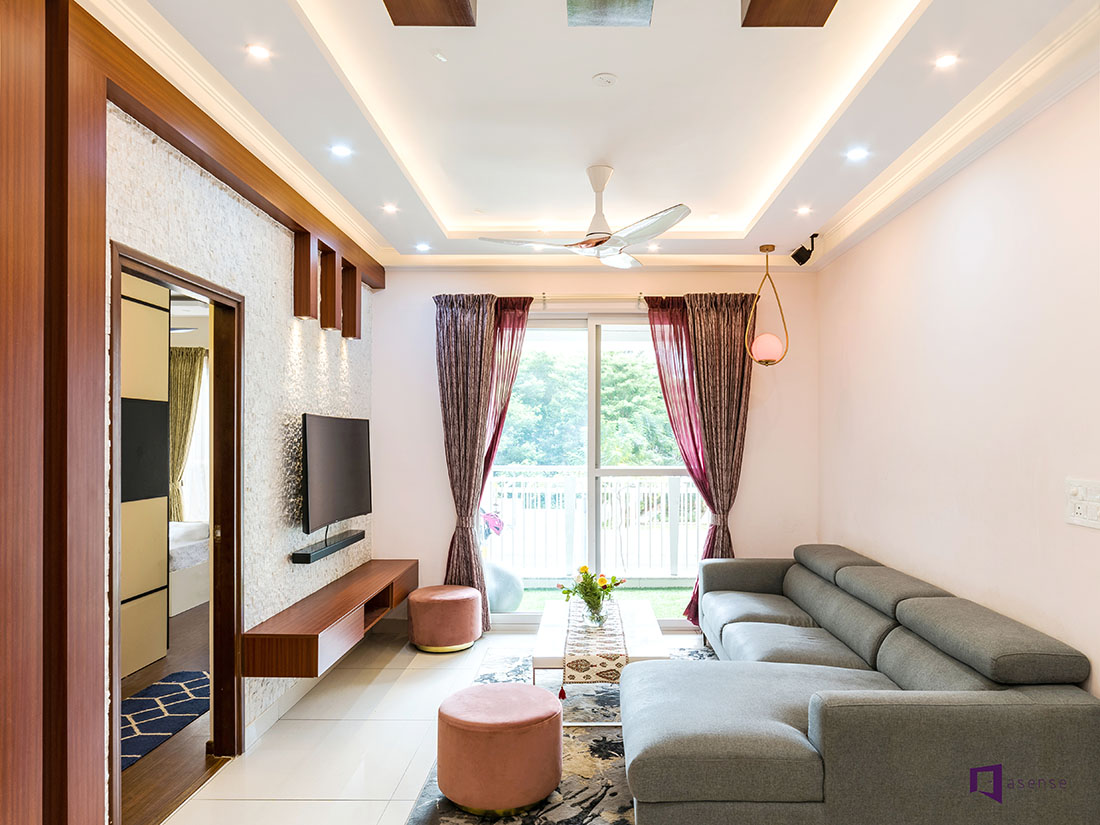Change Your Home With Important Principles of Interior Style and Looks
The art of changing your home through the vital principles of interior style and looks needs a thoughtful technique that integrates shade, equilibrium, and spatial recognition. By recognizing the influence of shade concept and the significance of texture and patterns, one can develop rooms that are not just aesthetically attractive however likewise deeply personal. Achieving this equilibrium entails even more than plain decor; it incorporates a critical plan and a keen understanding of how each element interacts within a space. As we discover these fundamental ideas, consider just how they may redefine your understanding of home and individual expression.
Understanding Shade Theory
Recognizing the principles of shade theory permits developers to create areas that reverberate mentally with owners while fulfilling practical needs. Each category plays an important role in developing consistency within a space.
The psychological effect of shades is extensive; cozy shades such as reds and oranges stimulate power and heat, while cool tones like blues and eco-friendlies advertise calmness and serenity. The usage of corresponding colors improves visual rate of interest, developing striking contrasts that can boost an area's allure.
Neutral shades, on the other hand, function as a versatile background, enabling other design components to beam. It is important to consider elements such as lighting and the room's function when choosing a color combination, as these can alter the perception of colors throughout the day.
Ultimately, a well-considered color pattern can change a room, cultivating a feeling of comfort and style that straightens with the residents' choices. Proficiency of shade concept is, consequently, an essential ability for any type of indoor developer aiming to produce unified and welcoming settings.
Accomplishing Equilibrium in Style
Just how can designers accomplish a sense of balance in their areas? Achieving equilibrium in layout is essential to developing harmonious interiors.
Asymmetrical balance, on the various other hand, relies upon differing components that still accomplish a natural look. This strategy permits even more vibrant and informal setups, providing passion while maintaining equilibrium. By meticulously choosing differing dimensions, colors, and appearances, designers can create an aesthetically compelling area that really feels balanced yet energetic.
Radial balance emphasizes a central prime focus with components radiating external. This design is generally seen in circular formats, where furnishings and decor produce a natural border that attracts the eye internal.
Ultimately, accomplishing equilibrium calls for thoughtful factor to consider of range, proportion, and the relationships between aspects. Architecture Firm. By masterfully using these equilibrium concepts, developers can change rooms right into environments that feel both aesthetically pleasing and functionally unified, enhancing the overall experience for residents
Significance of Spatial Understanding

An eager feeling of spatial recognition allows developers to identify prime focus within an area, leading the audience's interest to crucial features while maintaining a general feeling of unity. It additionally assists in the critical positioning of illumination, which can significantly influence the perception of space and mood. Additionally, understanding spatial partnerships makes it possible for the developer to accommodate the certain requirements of occupants, making sure that each location offers its designated purpose without compromising aesthetic appeals.
Ultimately, spatial recognition is critical for making best use of the capacity of any interior room. By very carefully considering the interaction between dimensions, layout, and function, designers can produce environments that not just satisfy practical demands however also stimulate a sense of convenience and charm, boosting the general living experience.
Integrating Texture and Patterns
Welcoming a diverse array of textures and patterns can dramatically improve the visual and responsive charm of an interior room. The strategic use various products-- such as wood, steel, material, and rock-- produces depth and rate of interest, making a room feel extra inviting and vibrant. As an example, incorporating smooth surfaces with harsh appearances can establish an equilibrium that attracts the eye and engages the detects.
When incorporating patterns, think about both range and rep. Large patterns can work as focal factors, while smaller, refined designs can match various other components without overwhelming the area. Layering patterns, such as pairing flower paddings with striped throws, adds intricacy and a feeling of consistency if executed attentively.
It is also important to preserve a cohesive color scheme, guaranteeing that structures and patterns work together as opposed to contend for interest. By choosing a few crucial structures and patterns, you can produce an unified aesthetic that mirrors your individual style while improving the general ambiance of the area. Inevitably, the cautious incorporation of these components can change a mundane space right into an innovative atmosphere rich with personality and warmth.
Customizing Your Area
Creating a room that shows your personality is vital to attaining a really inviting environment. Personalization in indoor style allows you to instill your find out this here distinct style and passions right into your home, transforming it from a plain shelter right into a haven that talks to that you are. Begin by choosing a shade combination that reverberates with your emotions-- vibrant colors find out here can energize, while soft tones provide harmony.
Incorporate art work and decor that show your passions, whether it be travel, nature, or abstract ideas. Displaying individual collections, such as books, photos, or keepsakes, can evoke treasured memories and create prime focus within a room. In addition, consider personalizing useful pieces, like upholstered furniture, to align with your visual choices.

Final Thought
To conclude, the improvement of a home with the important concepts of interior layout and appearance necessitates a thorough understanding of shade theory, balance, spatial awareness, texture, and personalization. Each aspect contributes significantly to developing a harmonious and useful living environment - miami interior design. By thoughtfully integrating these principles, people can enhance the aesthetic allure and emotional vibration of their areas, ultimately cultivating a home that shows unique identifications while supplying comfort and usefulness